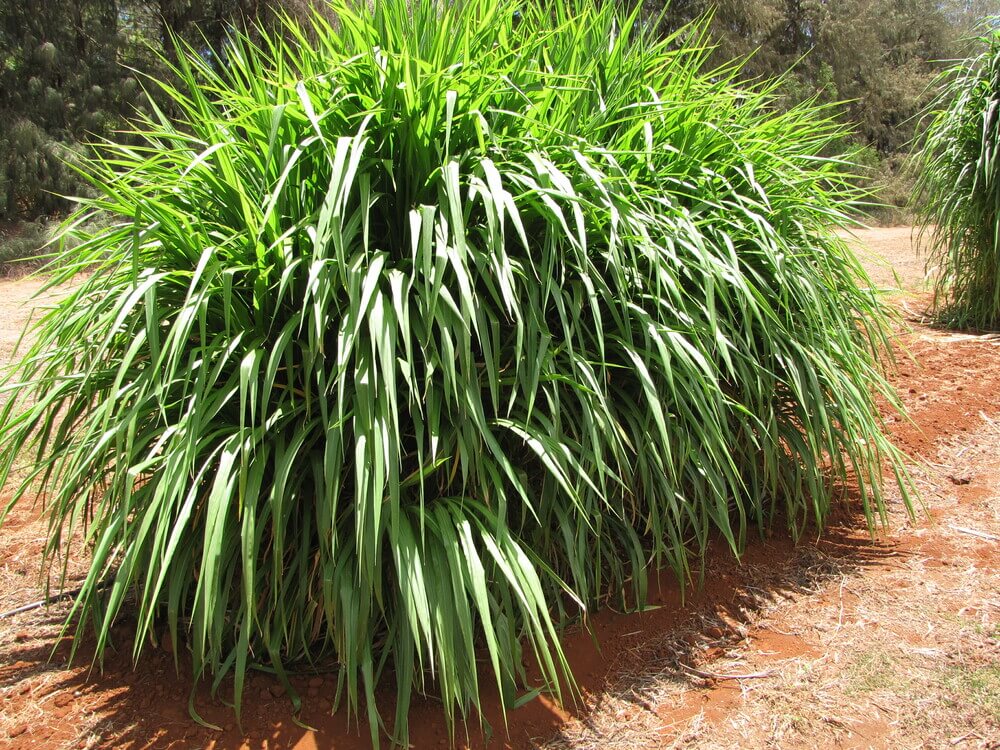
Napier grass (Pennisetum purpureum) is a high-yielding and nutritious tropical forage crop that has been used for many years as a source of fodder for livestock. It is known by many names in different parts of the world, such as elephant grass, Uganda grass, and Giant king grass. Napier grass has numerous advantages as a livestock feed, and in this article, we will explore some of the reasons why farmers should consider incorporating it into their feeding programs.
- High Yield:
One of the main advantages of Napier grass is its high yield potential. Under good management practices, the crop can produce up to 80 tons of fresh forage per hectare per year, which is much higher than many other forage crops. This means that farmers can produce more feed per unit area, which can reduce the cost of feed and improve profitability.
- Nutritious:
Napier grass is highly nutritious, with high levels of crude protein (8-12%) and digestible dry matter (65-75%). It is also rich in minerals such as calcium, phosphorus, and magnesium, making it an ideal feed for livestock. Its high protein content makes it an excellent source of energy for lactating and growing animals, and its high digestibility means that animals can extract more nutrients from the feed, which can result in better growth rates and milk production.
- Drought Tolerant:
Napier grass is also well adapted to drought-prone areas, making it an ideal crop for farmers in regions with unreliable rainfall. It has a deep root system that can tap into water stored in the subsoil, making it more resistant to drought stress than many other crops. This characteristic can be especially useful in areas where water is a limiting factor for forage production.
- Easy to Grow and Manage:
Napier grass is relatively easy to grow and manage. It can be propagated through stem cuttings, and it grows well in a range of soil types, including acidic and infertile soils. The crop requires regular fertilization and weed control, but with proper management, it can produce high yields of nutritious forage for many years. Napier grass also responds well to cutting and grazing, making it a versatile crop that can be used in different feeding systems.
- Pest and Disease Resistant:
Napier grass has natural resistance to many pests and diseases, which can reduce the need for chemical inputs in its production. It is resistant to many common pests such as stem borers and armyworms, and it is also resistant to diseases such as smut and rust. This can save farmers time and money that would otherwise be spent on pest and disease control.
- Multiple Uses:
Napier grass can be used for different purposes on the farm, making it a versatile crop. In addition to livestock feed, it can be used for soil conservation, erosion control, and as a source of fuel for cooking and heating. The crop can also be used as a source of income through the sale of excess forage or as a raw material for biogas production.
In conclusion, Napier grass is a valuable crop that farmers should consider incorporating into their livestock feeding programs. Its high yield potential, nutritional value, drought tolerance, ease of management, pest and disease resistance, and versatility make it an excellent option for farmers looking to produce more feed for their animals. With proper management, Napier grass can improve the productivity and profitability of livestock farming while providing other benefits to the farm and the environment.


















